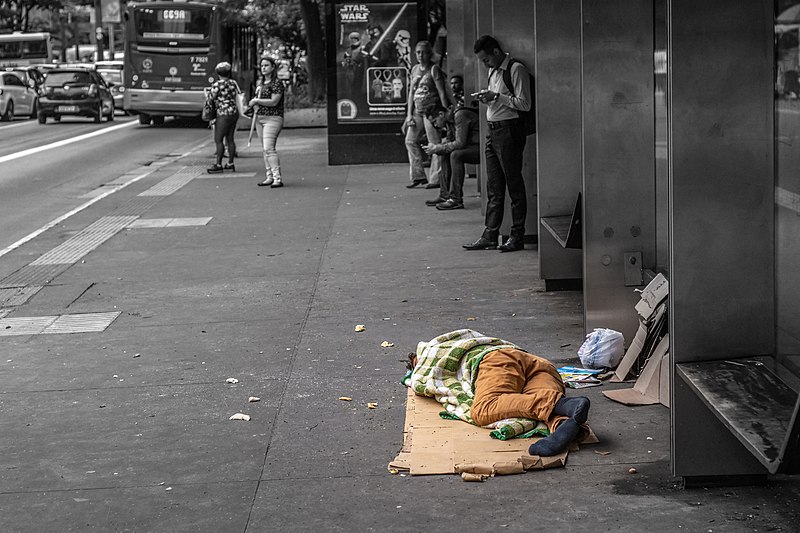Tying Together The Tiny Homes Project
Tiny homes are part of the plan to end homelessness in Silicon Valley by 2025. According to Business Insider, various San Jose leaders have voted to put $17 million on building and preserving tiny homes and the facilities that accompany them. With each tiny home costing around $25,000, it is expected that around 500 homes can be constructed, furnished, and housed.
According to NBC News, in Santa Clara County alone, there are an estimated 10,000 homeless people, and an estimated 6,000 in San Jose alone. This includes families living out of cars, as well as those living on the streets or in tents. Many homeless individuals are unaccounted for, living on couches or in sheds, until hospitality runs out.
Tiny homes are essentially small, individual homes, usually in a village full of tiny homes. They aim to provide homeless individuals and families with a real home, including a few pieces of furniture. These homes are typically lined up in rows, or a sign stating that the land will be used to construct tiny homes. These quaint buildings with their slanted roofs and unique structures are only part of the plan to bring homelessness in the San Jose area to an end. Tiny homes differ from homeless shelters in the sense that they allow families to live and
stick together, especially parents with their children, and individuals with disabilities and their caretakers. In fact, separation of different genders can discourage people from seeking out homeless shelters, leading to life on the streets instead. Homeless shelters are often large rooms with divers, while tiny homes are small, independent buildings that include certain facilities for each home. Additionally, many shelters are only open for solely men or women, which prevents spouses and families from being together. Tiny home villages include shared resources such as bathrooms, laundry rooms, and public spaces for eating and sitting.
However, the funding and resources to put the creation of tiny homes into action was not easily gained nor approved. There has been a projected budget shortfall of $110 million over the next two years which brought up concerns. To work around this, San Jose plans to utilize a state grant that is used to help with statewide homelessness in general. This grant is called the Homeless Housing, Assistance and Prevention, or HHAP.
The building process of the tiny homes was able to be sped up due to the more relaxed environmental regulations. These were initiated by Governor Gavin Newsom which makes it more feasible to move individuals into the tiny homes, and use them to serve various functions. Tiny homes have become an especially relevant topic nowadays, because unsheltered homeless individuals are more at risk of COVID-19, according to Business Insider. Social distancing is particularly difficult to establish in homeless shelters and public spaces.
It is also difficult to isolate themselves if homeless individuals have been exposed to or diagnosed with COVID-19. A study published by the Wall Street Journal estimates that 3,400 homeless people in the US will likely die from COVID-19, while more than 21,000 will be hospitalized. Solutions that are currently in effect are free COVID-19 testing for local residents, including the one at the Wilcox theater. Additionally, motels have been used as places to quarantine since early on into the pandemic. Tiny homes would allow for individuals to quarantine, which is recenting due to the new COVID-19 variant omicron that is spread from person to person.
Tiny homes have been one method to address the contemporary issue of homelessness, but their future is still uncertain due to the ambiguity caused by the pandemic.






